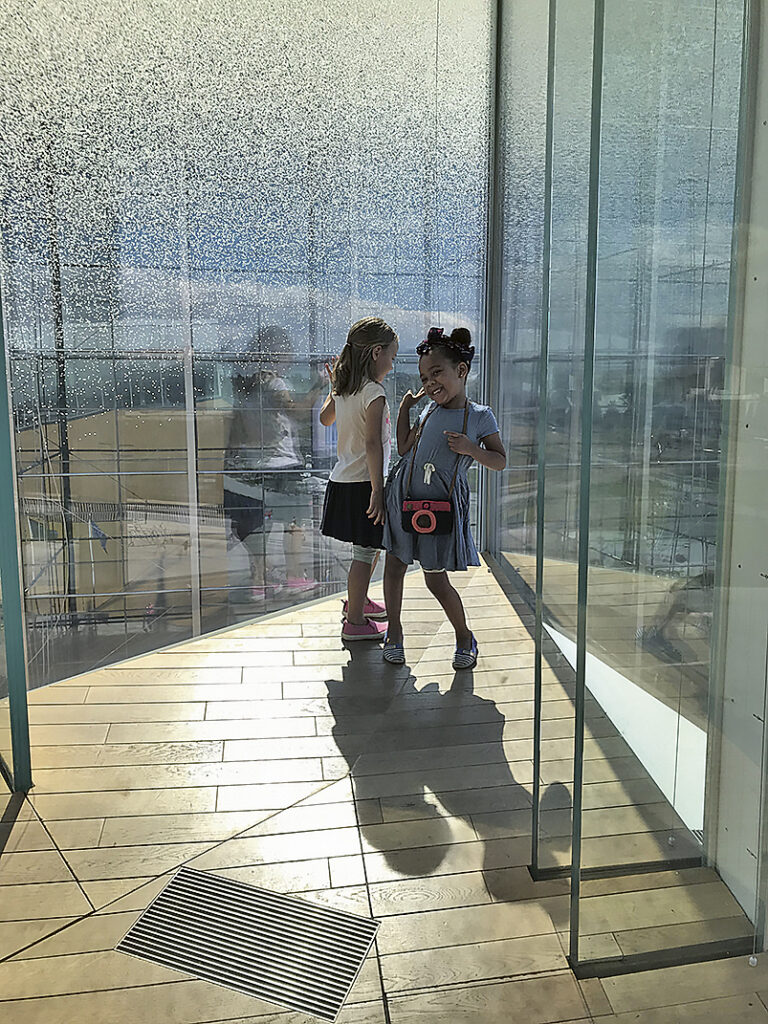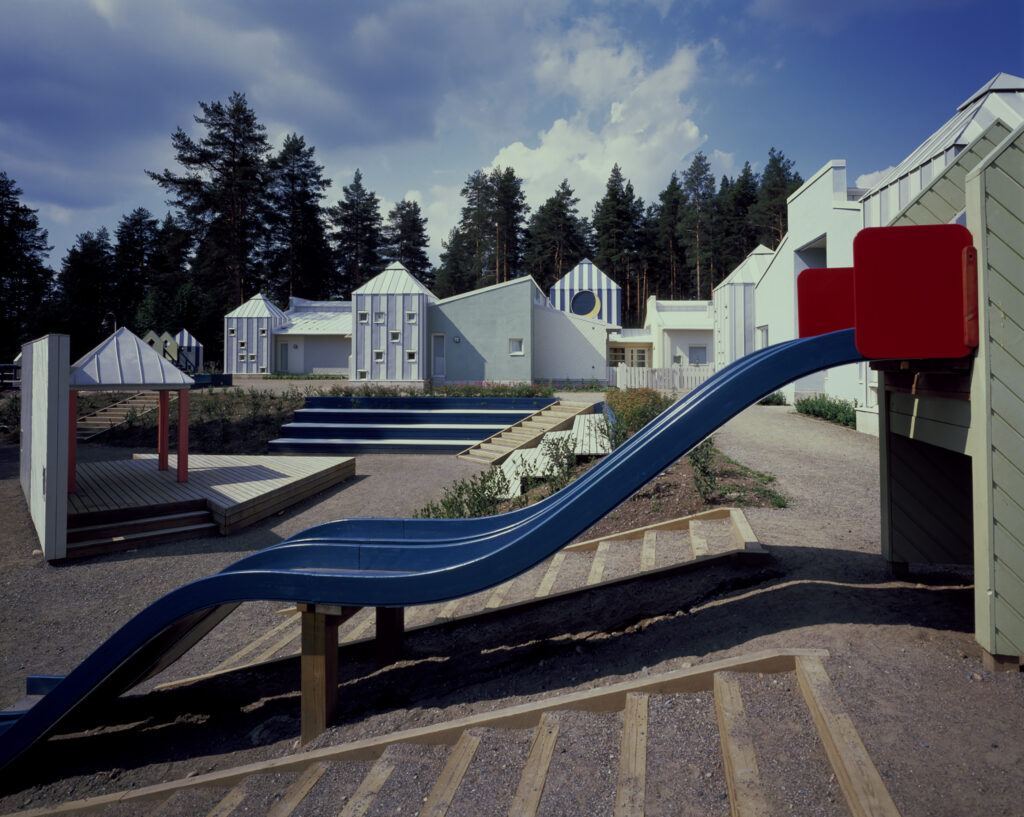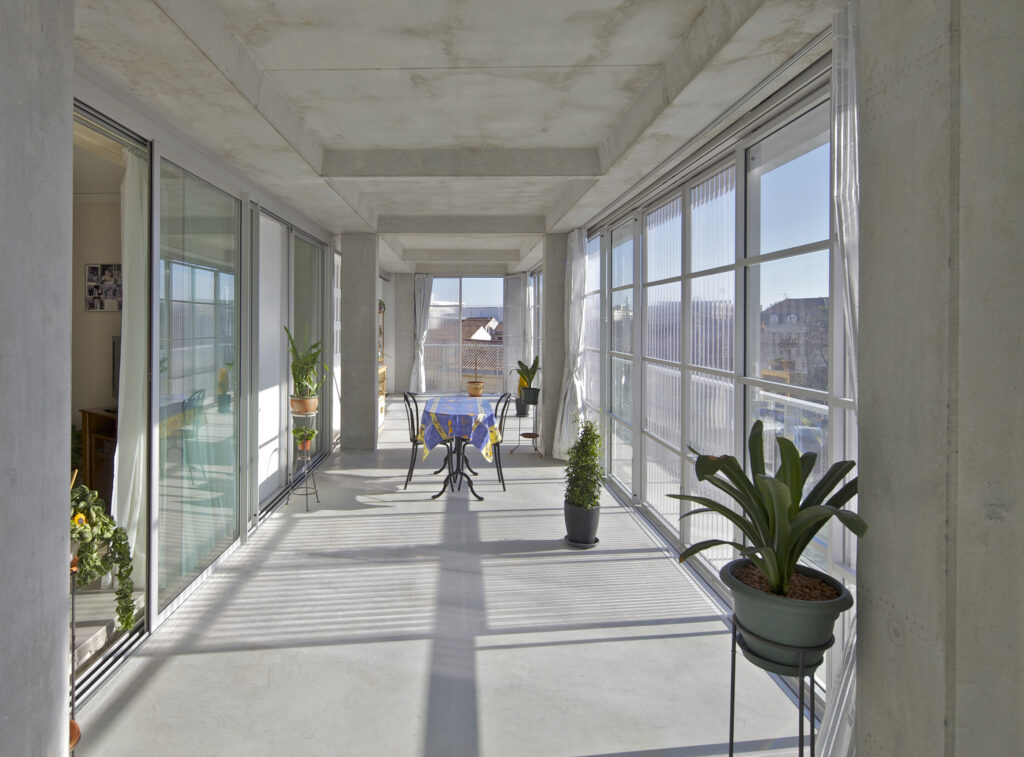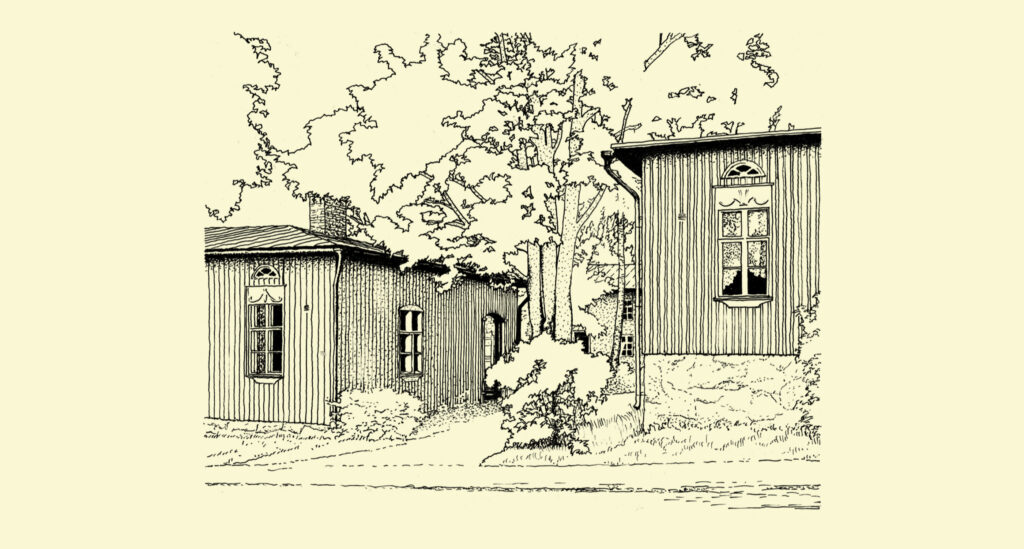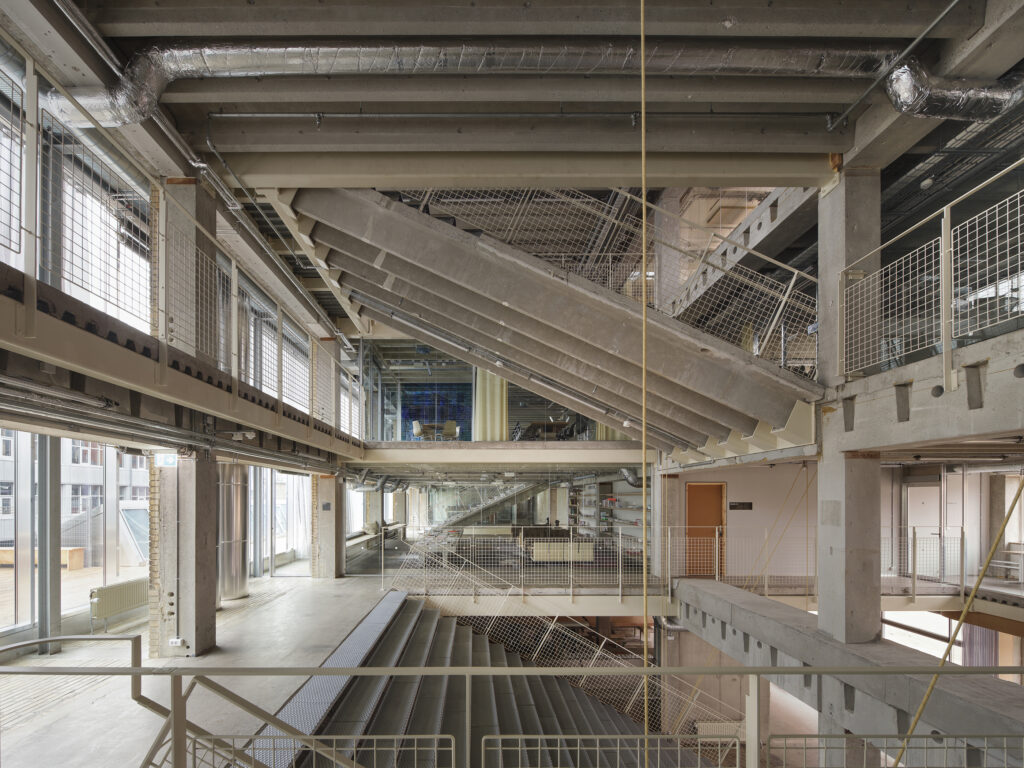Architecture for Everyone?

In September 2020, our editorial office received a letter entitled Call for Action 2020 addressed to institutions engaged in cultural activities in Finland. The gist of the message was a call for anti-racist action, accompanied by a questionnaire exploring the ways in which this topic is handled within the organisation. In this article, we wish to reflect upon the letter and the questions it raises.
For a long time, architects have been a predominantly homogeneous lot. The people engaged in this profession – and hence the contents of Finnish Architectural Review – reflect society as it exists today as well as the changes taking place in it. Originally, architectural education was a male privilege. At present, the profession is increasingly dominated by women, but most partners and managing directors continue to be men. The original language of the publication, Swedish, was subsequently replaced by Finnish in the universities and architectural offices – and later by English in many contexts. What does this field look like today in terms of its internal structures?
Architects, just like many other Finns with a university education, represent a privileged segment of society. One often hears that the path to this profession providing the opportunity to modify the built environment is available to all who take an interest and have a talent for this line of work, irrespective of their social background. However, based on recent research, we now know that education is something that is handed down from generation to generation, and that this tendency is exceptionally strong in architecture.1 The same holds true for the rest of the world. Even though societies and the themes highlighted in our culture are diversifying, the world of architecture has largely remained the same.
Accordingly, the Finnish architect – and hence the potential reader of this magazine – is a reasonably well-to-do, highly educated white cisgender person. As such, this is not a problem; after all, it is an apt description of a large majority of Finnish people. What is a problem, though, is that it is difficult to perceive experiences external to this homogeneous group. More likely than not, the Finnish architect does not necessarily hear or notice in the course of their work how it feels to work in the profession, say, as a non-white or a transgender person. Who, then, is called upon to speak or question and who to listen?
Professor Mabel O. Wilson, an American architect, has highlighted the need to discuss the whiteness of architecture. According to her, it is up to the majority to actively study the structure, history, education and work of the profession – and to identify its position of authority and its potentially harmful consequences. Only then will it be possible to start uprooting discriminatory practices and dispelling misguided assumptions.2
One reason for the absence of any extensive scrutiny of discrimination within the Finnish architecture industry is that there is very little non-whiteness and articulated otherness around us. Finnish architects should, therefore, become aware of the whiteness and other majority-based assumptions prevailing in society and the international architecture scene. For example, when architects talk about their design projects, studies or research, other background variables, possibly apart from gender, are seldom addressed. We may even take pride in thinking that in Finland one’s background is irrelevant in architecture, which has the simple mission of creating pleasant environments for all. While the idea itself is sound, it does not provide a fruitful starting point for an analysis aimed at combatting discrimination.
Finland is indisputably an equal and fair society, compared with countries in which architectural education may cost hundreds of thousands of euros and in which a history of slavery or racial discrimination are deeply rooted in social structures. Nor are the debates being carried out in the United States or other European countries with a more diversified demographic make-up always self-evident to us, and the experiences of racialization and systematic discrimination are not directly transferable to the Finnish context. Even so, we are not an island cut off from the rest of the world.
While discourses on racialization, white supremacy, decolonisation, minority histories or the obliteration of authorship have not been part of the narrative of modern architecture in Finland, elements of these could certainly be found if an effort were made to address them. At the same time, it is important to note that when we talk about structural discrimination and its history and related experiences, the objective is not to ascribe blame to the majority. A key term in the Call for Action 2020 letter is anti-racism, which means active efforts to counter discrimination. Its goal is to promote equality that benefits all.
Of course, the inherent structures of Finnish architecture are echoed on the pages of Finnish Architectural Review. For this reason, the editors wish to expand on the themes addressed in the questionnaire in more detail insofar as they relate to our magazine. We hope that even the brief reflections we have engaged in in response to the letter will help us define and articulate what anti-racist action means to this publication, what measures we should take and how we can contribute to industry practices.
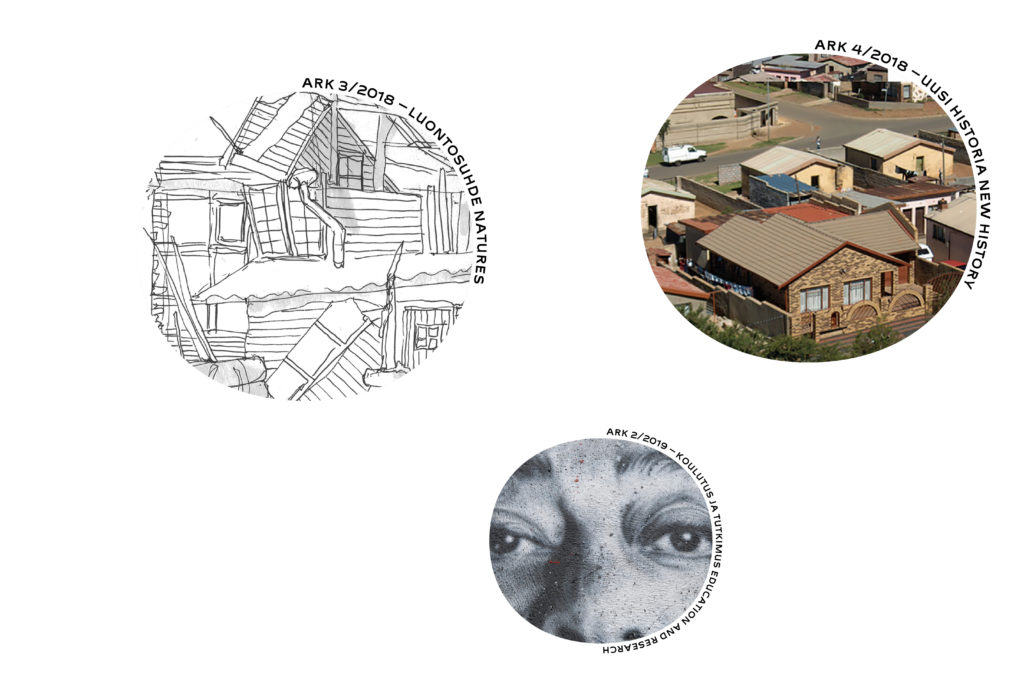
Communications and Transparency
As we see it, Finnish Architectural Review is a discursive space. The definition of this forum and its limits, including conflicts and even flaws, is constantly at the core of editorial efforts. A common goal is to offer all parties open and equal opportunities to participate in the discourse on architecture and pay due attention to the whole gamut of generations, backgrounds and experiences in order to provide a low-threshold platform on which reports of minority experiences, for example, would not create anxiety or a sense of danger.
Most of the contents and architecture projects selected for publication in the review are related to Finnish architecture. Some articles deal with academic research or cultural critique. Since this publication is Finland’s only architecture periodical published by a professional organisation, the Finnish Association of Architects, we assume that most readers are interested in the published themes and possibly themselves engaged in the field of architecture. We recognise that this assumption may restrict the general discussion. Even so, we think that architecture can be written about and explored from a wide range of viewpoints. When editing texts, we also aim for broad-based accessibility and comprehensibility.
At the same time, the objectives and principles of participation in the discourse must be actively communicated and articulated, which will call for long-term development efforts. In recent years, we have sought to lower the threshold for offering stories, for example, by posting instructions on our website on how to submit writings and encouraging a more broad-based discussion, by sharing articles and inviting texts on social media. Unlike most Nordic architecture publications, Finnish Architectural Review is bilingual, which makes it possible for architects and authors who have moved to Finland to participate in the discourse in English. The wider the audience we can inform of this publication, the larger the number of potential participants we can reach.
Recruitment and Partners
Although the publication operates in two languages, all the editorial staff for the past decades has been all-white, Finnish and Finnish-speaking. So far, the editorial board advising the editor-in-chief and editors has not included any non-whites or people representing indigenous peoples (BIPOC). Probably the main reason for this is the homogeneity of the Finnish population. Moreover, the editorial office is fairly small and recruitments relatively rare. However, Finnish Architectural Review gives work for people outside the office. Most of the contributors are white Finnish professionals working in the field of architecture or art history. At present, ethnic diversity among the authors is mainly represented by foreign contributors. In recent years, we have been paying increasing attention to gender distribution. In 2020, men accounted for 57 % and women 43 % of all those writing for or interviewed by the magazine, while the corresponding figures for 2019 were 41 % and 49 %, respectively.
Target Groups
The magazine’s target group includes all those interested in Finnish architecture and the discourse on it. In recent years, our ambition as a publication has been to offer readers the kind content they prefer and, where possible, to expand on the themes of the current discourse on architecture and reach new audiences. Most active respondents to the reader surveys carried out in Finland in the past few years have been middle-aged and retired male readers. Some idea of the opinions of younger readers can be gleaned from reactions on social media. No special surveys exploring the views of more marginal or non-Finnish-speaking readers have been conducted.
Finnish Architectural Review’s readership is partly international. Consequently, we wish to bring into the domestic discourse examples and experiences from other parts of the world while at the same time presenting Finnish architecture. Abroad, the magazine reaches audiences living in societies that may differ considerably from one another. The editors seek to monitor the international discourse on architecture and art, in which themes such as non-discrimination and anti-racism currently occupy a more prominent role than in Finland.

Representations and contents
Finnish Architectural Review seeks to observe and, in a fashion, document current developments in Finnish architecture, which traditionally means project presentations, articles by experts and reviews of architecture books and exhibitions. As most of the contents consist of expert articles, one of our roles as a publication is to reflect the general discourse. Normally, we tackle subjects which have been discussed in some other context or in which the author is interested. As it is, it may be appropriate to say that the professional representation of the architect transmitted by the magazine reflects the majority of Finnish architects engaged in design and writing. At present, interviews with and articles by foreign architects or other professionals provide another angle to the professional image outside the context of Finnish architecture.
Today’s cultural discourse includes a large number of pressing themes seldom addressed in connection with domestic architecture, such as the relations between architecture and politics, inequality, feminism, gender, sexuality, ethnicity, immigration or nationalism. Over the past few years, we have made determined efforts to give room for a variety of viewpoints and experiences related to architecture. The final decisions on the contents of each issue are made by the editorial staff. When making the selections, we are keenly aware of the need to learn more and expand our own understanding of a wide range of topics.
Practically everywhere in the world, architecture is taught according to western and Nordic ideals, and the imagery of modern architecture consists mostly of the works of Euro-American male architects. No doubt, this assumed whiteness of global architecture also affects the presentation of architecture and the ways we talk and write about it in this publication. In our view, the canons of architecture should be subjected to a critical study and assessment both globally and nationally. An important question, when considering the future anti-racist efforts and the evaluation of the existing structures in the architecture industry, is the viewpoints associated with the discourse on architecture as well as the ways in which the general public following this discourse and our readers wish to be involved in this process. ↙
1 A finding of the study on the backgrounds of adult university graduates during 2006–2010 by Osmo Kivinen and Juha Hedman published in the Yhteiskuntapolitiikka (Social Policy) magazine.
2 Examples of anti-racist action in architecture and design education at the Columbia University, at which Mabel O. Wilson also teaches, have been provided both by black teachers and white students. See https://unlearningwhiteness.cargo.site/ and https://onthefutilityoflistening.cargo.site/.
